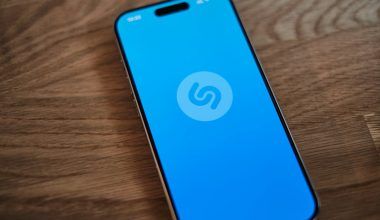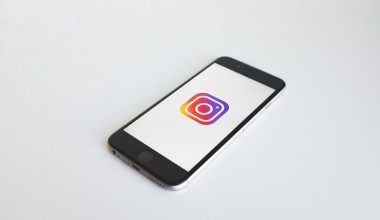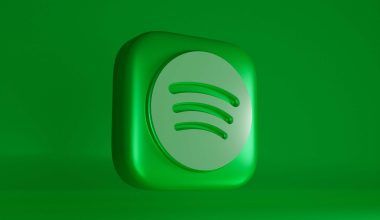The digital music landscape in 2025 is more vibrant than ever, offering artists countless opportunities to share their music on all digital stores. Whether you’re an emerging artist or an established musician, making your music available on every platform is crucial for expanding your reach and growing your fan base. This guide will help you navigate the process seamlessly and effectively.
Why Sharing Your Music Everywhere Matters
Music consumption habits have shifted significantly in recent years. Listeners now access songs through platforms like Spotify, Apple Music, Amazon Music, and even niche digital stores. By ensuring your tracks are available on all these platforms, you meet your audience where they are. It also increases your chances of being discovered by new fans who use different services.
1. Choose a Digital Distribution Partner
The first step in sharing your music is selecting a reliable distribution service. Companies like Deliver My Tune, TuneCore, CD Baby, and Amuse can distribute your tracks to multiple platforms with minimal effort. These services handle the technicalities and ensure your songs are delivered to major stores, saving you time and effort.
2. Prepare Your Music for Distribution
Before uploading your music, ensure it meets the required quality standards. This means mastering your tracks, designing eye-catching album art, and creating an artist profile that reflects your brand. Platforms usually have specific guidelines for audio quality and artwork dimensions, so follow them carefully.
3. Understand Metadata
Metadata plays a significant role in how your music is displayed and discovered. Include accurate details like the song title, artist name, release date, and genre. Good metadata makes your music more searchable, increasing its chances of being featured in playlists or recommended to listeners.
4. Leverage Pre-Saves and Pre-Orders
To create buzz before your release, set up pre-saves on platforms like Spotify and pre-orders on stores like iTunes. This not only builds anticipation but also gives you an early indication of audience interest.
5. Promote Your Release
Sharing your music on digital stores is only the first step. To reach more listeners, you need a solid promotional strategy. Use social media, email newsletters, and even live-streaming to announce your release. Collaborate with influencers or create teaser content to spark curiosity among potential listeners.
6. Utilize Store-Specific Features
Each digital store offers unique tools for artists. For instance, Spotify allows you to pitch songs for playlist consideration, while Apple Music provides analytics through its artist dashboard. Learn how to use these features to maximize your reach.
7. Monitor Performance
After your music is live, track its performance using analytics tools provided by the stores. Pay attention to metrics like streams, downloads, and audience demographics. This data can help you refine your marketing strategies for future releases.
Benefits of Being on All Digital Stores
Increased Accessibility
Being available on multiple platforms ensures that your music reaches listeners regardless of their preferred service. This is especially important as new digital stores continue to emerge.
Enhanced Discoverability
When your music is on all digital stores, you have a higher chance of being discovered through algorithms, playlists, and recommendations.
Diversified Revenue Streams
Different platforms have different payout models. By being present on all stores, you can maximize your earnings through a combination of streams, downloads, and royalties.
Trends in Digital Music Distribution in 2025
The music industry is always evolving, and 2025 is no exception. Here are some key trends shaping digital distribution this year:
- AI-Driven Personalization: Platforms are increasingly using artificial intelligence to recommend music. Ensuring your songs are properly tagged and categorized can help you benefit from this trend.
- Expansion of Regional Platforms: With the growth of localized streaming services, distributing your music on regional platforms can help you tap into new markets.
- NFT Integration: Some artists are using NFTs to sell exclusive versions of their songs. While not a replacement for digital stores, this can be an additional revenue stream.
Challenges and How to Overcome Them
Royalties and Payments
Understanding how royalties work across different platforms can be confusing. To simplify this, use distribution services that provide detailed payout reports.
Managing Multiple Platforms
Keeping track of your music on multiple platforms can be overwhelming. Use dashboards provided by distribution partners or third-party tools to streamline this process.
Standing Out in a Crowded Market
The digital music space is highly competitive. Focus on creating high-quality music and building a strong personal brand to stand out.
Final Thoughts
Sharing your music on all digital stores in 2025 is not just a choice; it’s a necessity. With the right tools, strategies, and dedication, you can make your music accessible to a global audience. Start by choosing a reliable distribution partner, promoting your releases effectively, and leveraging the unique features of each platform. Remember, the key to success is consistency and persistence.
For further reading, explore these related articles:
- How to Monetize your song on Spotify globally
- How to Monetize Your Song on Spotify Step-by-Step
- How to Monetize Your Song on Spotify Easily
For additional resources on music marketing and distribution, visit DMT RECORDS PRIVATE LIMITED.






